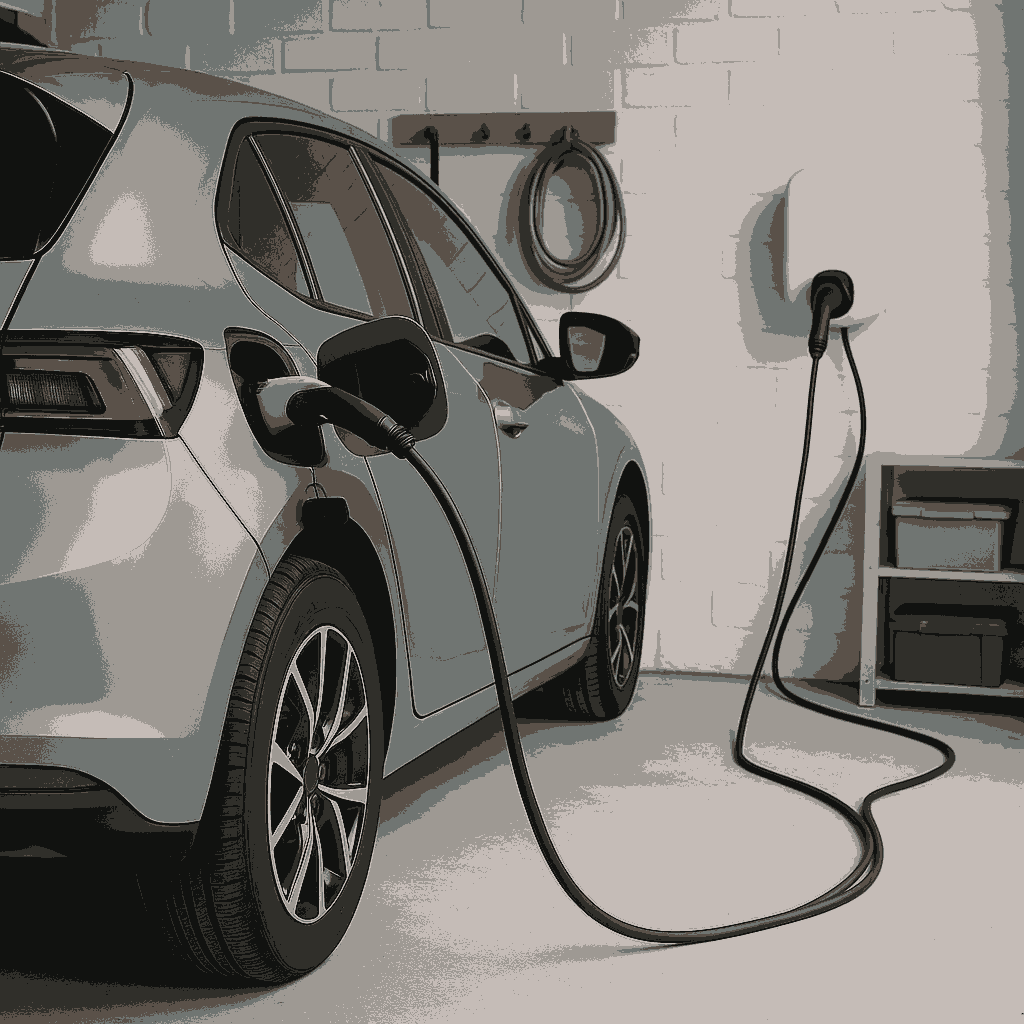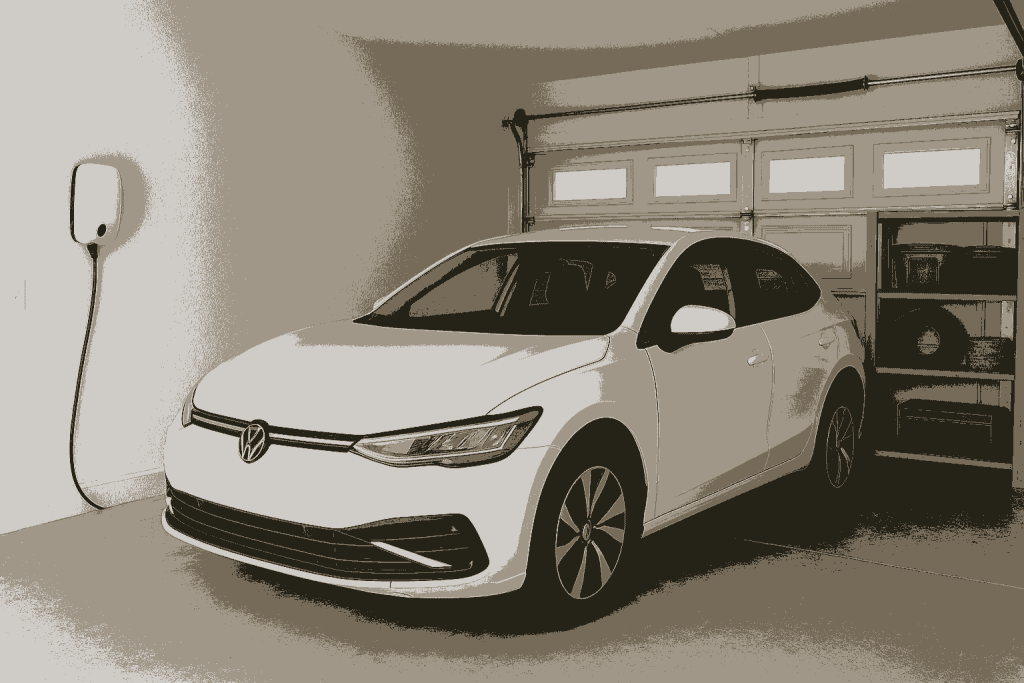Electric vehicles (EVs) are increasingly becoming the preferred mode of transportation as they offer significant environmental and economic advantages. Among the many benefits, lower maintenance costs and zero emissions are primary selling points.
However, the electric car’s performance largely depends on the condition of its battery. Improper handling of your EV battery can significantly shorten its lifespan and reduce the vehicle’s efficiency.
In this guide, we’ll walk you through the best practices to help preserve the health of your EV battery. From proper charging habits to climate considerations, there are several factors that can influence battery longevity. Adopting these techniques will ensure your car remains as efficient as possible for years to come.
Understanding the Importance of EV Battery Health
The electric car battery is the most crucial and expensive component in an EV. It stores energy and powers the car’s electric motor, ultimately determining the vehicle’s driving range and overall performance.
Just like any rechargeable battery, the EV battery’s life cycle is limited by the number of charging cycles, temperature, and how it’s maintained. Neglecting these factors could cause the battery to degrade prematurely, leading to diminished driving range and performance.
To make sure you’re maximizing the potential of your EV’s battery, it’s essential to understand the key factors that influence its lifespan and how to manage them effectively.
1. Optimal Charging Practices
One of the most critical factors in maintaining your electric car’s battery health is proper charging. Charging habits directly affect the longevity of the battery and its ability to retain charge.

Avoid Overcharging and Deep Discharging
Contrary to what some might think, it is not ideal to fully charge your EV battery to 100% all the time, nor should you allow it to discharge to 0%. The optimal charging range for most EV batteries is between 20% and 80%.
Charging to 100% frequently can stress the battery, especially if it stays at full charge for prolonged periods. On the flip side, allowing the battery to drain completely before recharging can also contribute to faster degradation.
To help manage your charging habits, you can use tools like the ChargePoint Home Flex. This Level 2 smart charging station offers adjustable amperage to match your home’s power capacity and helps monitor your battery’s state of charge via its app, making it easier to stick to optimal charging ranges.
Use Scheduled Charging
Many EVs come with the ability to schedule charging times. Take advantage of this feature to charge your car overnight or during off-peak hours, ensuring the battery isn’t always sitting at a high or low charge during the day.
Scheduling your charges also allows you to plug in during cooler parts of the day, which is important because high temperatures can negatively affect battery health.
2. Mind the Temperature
Extreme temperatures — both hot and cold — can be detrimental to your EV’s battery. Heat accelerates chemical reactions inside the battery that can lead to premature wear, while cold weather can reduce the battery’s overall efficiency.

Store in a Climate-Controlled Area
Whenever possible, try to park your electric car in a garage or shaded area, especially during extremely hot or cold weather. If you live in an area with frequent temperature fluctuations, this will go a long way in maintaining battery health.
During cold winters, EV batteries can lose range, but modern vehicles are often equipped with built-in temperature management systems. In extreme cases, using a Battery Thermal Management System (BTMS) can be an option for users who live in harsh climates.
These systems actively regulate the battery’s temperature, preventing it from freezing or overheating.
3. Regularly Drive Your EV
While electric vehicles don’t need to be driven as frequently as traditional cars to maintain their functionality, it’s important to keep your EV in use regularly. This helps maintain the battery’s chemical structure and prevents it from deteriorating due to prolonged inactivity.
If you need to store your EV for an extended period (such as during a vacation or seasonal storage), it’s a good idea to leave the battery at about 50% charge.
Additionally, consider connecting it to a trickle charger to keep the battery in good condition. Some EVs have built-in “storage modes” to optimize battery preservation.

4. Don’t Rely on Fast Charging All the Time
Fast charging is a convenient option when you’re in a hurry, but relying on it too often can degrade the battery faster. While fast charging can be convenient for quick top-ups, it generates more heat than slower charging, which is one of the primary factors in battery degradation.
Whenever possible, use a Level 2 charger (like the Wallbox Pulsar Plus) for everyday charging. It’s a reliable home charging solution that delivers a slower, steadier charge to your vehicle, helping reduce the stress on the battery.
Though it may take longer, this method is much gentler on the battery, especially if used consistently.
5. Avoid Excessive High-Speed Driving
Driving at high speeds increases the demand on your battery and can quickly deplete the energy stored inside it. The faster you go, the harder your motor works to maintain that speed.
Excessive use of high power will increase the rate at which the battery depletes, and over time, this can shorten its overall lifespan.
While some occasional fast driving is unlikely to cause long-term damage, it’s a good idea to maintain a moderate speed whenever possible.
Additionally, aggressive acceleration and sudden braking should be avoided, as these behaviors also strain the battery and waste energy.

6. Update Your Car’s Software Regularly
Modern electric vehicles often come with software that helps optimize battery performance and efficiency. Make sure your vehicle’s software is always up to date, as automakers frequently release updates that improve how the battery is managed.
These updates can include better power management algorithms, which can help improve your vehicle’s range and performance.
Many EVs now come with apps that notify you when software updates are available, so make sure to check for these and install them promptly.
Take Care of Your EV Battery for the Long Haul
Maintaining your EV battery is not as difficult as it may seem, but it does require conscious effort and a few good habits. By avoiding deep discharges and overcharging, keeping the battery in optimal temperature conditions, and using the right charging practices, you can significantly extend the lifespan of your electric car’s battery.
The key to preserving your EV’s battery is all about regular care. By following best practices like proper charging, maintaining temperature control, and avoiding extreme driving habits, you’ll prolong the lifespan of your battery, ensuring that your electric vehicle remains efficient and cost-effective for as long as possible.
For those interested in other aspects of Tesla maintenance, don’t miss our in-depth guide on How to Replace the Oil in a Tesla. While electric vehicles like Teslas don’t use traditional motor oil, certain models still require specific maintenance fluids. Our article covers everything you need to know about keeping your Tesla running smoothly, including step-by-step instructions and the tools you’ll need to do it yourself. Check it out to ensure you’re fully informed on how to maintain your EV’s performance beyond the battery.
